Faculty Directory
Get to know NUIN faculty by searching our directory below. Browse, filter the faculty list or search by keyword to learn more. For a complete list, see our alphabetical list of faculty.

Associate Professor of Physical Therapy and Human Movement Sciences
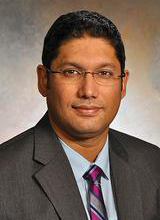
Associate Professor of Neurological Surgery

Assistant Professor of Psychiatry & Behavioral Sciences
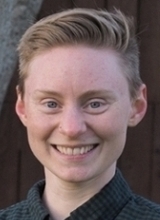
Assistant Professor of Computer Science

Associate Professor of Molecular Biosciences

Professor of Neuroscience

Assistant Professor of Pharmacology
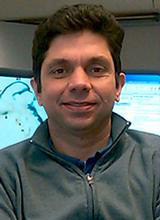
Professor of Neurology

Jim Baker, PhD
Professor of Neuroscience

Charles F. Kettering Professor of Medicine - Endocrinology

Professor of Psychology

Assistant Professor of Psychiatry & Behavioral Sciences

Assistant Professor of Medicine (Endocrinology)

Professor of Neuroscience

Associate Professor of Neurology (Behavioral Neurology)

Associate Professor of Neurobiology

Assistant Professor of Neurology

Professor and Chair of Pathology
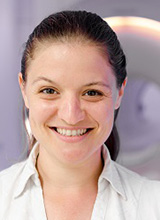
Assistant Professor of Physical Therapy and Human Movement Sciences

Assistant Professor of Neurology
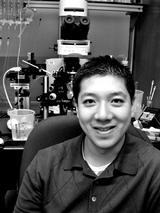
Associate Professor of Neuroscience

Professor of Medicine

Professor of Neurology

Assistant Professor of Pathology

Professor of Neuroscience
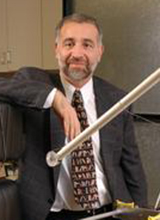
Daniel Corcos, PhD, BEd,MA,MSc
Professor of Physical Therapy and Human Movement Sciences

Assistant Professor of Physical Medicine and Rehabilitation

Assistant Professor

Research Associate Professor of Physical Therapy and Human Movement Sciences

Assistant Professor of Medicine - Pulmonary and Critical Care

Assistant Professor of Pharmacology

Professor of Ophthalmology
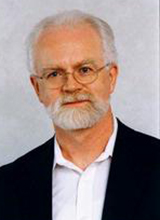
Professor and Chair of Physical Therapy and Human Movement Sciences

Professor of Communication Sciences and Disorders

Professor of Neurobiology

Professor of Psychiatry and Behavioral Sciences

Assistant Professor of Neurology

Associate Professor of Physical Therapy and Human Movement Sciences and Physical Medicine and Rehabilitation

Associate Professor of Cell and Developmental Biology

Andrew Fink, PhD
Assistant Professor of Neurobiology

Associate Professor of Neurobiology

Assistant Professor of Physical Medicine and Rehabilitation

Associate Professor of Neurobiology
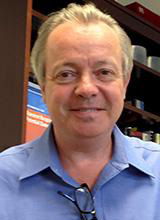
Professor of Neuroscience, Neurology and Anesthesiology

Assistant Professor of Neurology
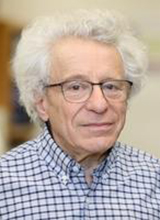
Professor of Cell and Developmental Biology

A.N. Richards Professor and Chair of Pharmacology
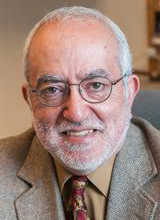
Research Professor of Mesulam Center for Cognitive Neurology and Alzheimer's Disease

Joshua Glaser, PhD
Assistant Professor of Neurology (Starting lab September, 2022)
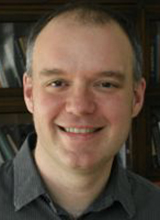
Professor of Linguistics

Assistant Professor of Physical Therapy and Human Movement Sciences

Professor of Physical Medicine and Rehabilitation
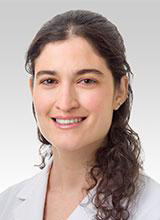
Assistant Professor of Neuroscience

Associate Professor of Human Development and Social Policy and Psychology
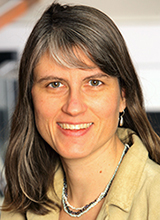
Professor of Biomedical Engineering and Mechanical Engineering

Assistant Professor of Cell and Developmental Biology
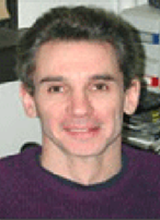
Professor of Neuroscience

Professor of Neurosurgery

Assistant Professor of Neurological Surgery

Assistant Professor, Department of Psychology

Associate Professor of Physical Medicine and Rehabilitation

Professor of Neurology
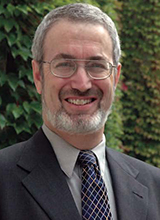
Professor of Applied Mathematics
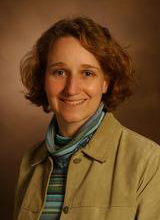
Associate Professor of Pharmacology
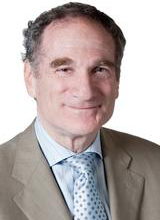
Davee Professor of Neurology

Assistant Professor of Neurology
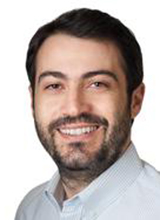
Assistant Professor of Neurology

Professor of Neurobiology

Associate Professor of Neurology

Research Professor of Neurology

Archibald Church Professor of Neurology and Chief, Division of Neuro-Infectious Diseases and Global Neurology

Associate Professor of Neurobiology
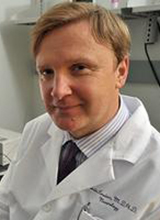
Professor and Chair of Neurology

Hugh Knowles Professor of Communication Sciences
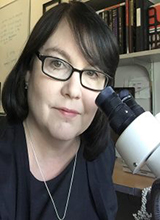
Professor of Molecular Biosciences

Assistant Professor of Physical Medicine and Rehabilitation
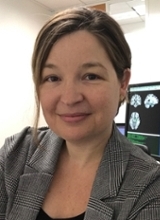
Research Associate Professor of Radiology

Assistant Professor of Neurobiology

Associate Professor of Medicine (Rheumatology)

Associate Professor of Neuroscience and Psychiatry & Behavioral Science

Assistant Professor of Psychiatry and Behavioral Sciences
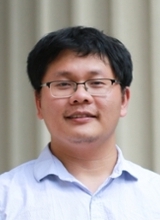
Assistant Professor of Biochemistry and Molecular Genetics

Professor of Communication Sciences and Disorders

Associate Professor of Pediatrics and Neurology

Professor of Neuroscience
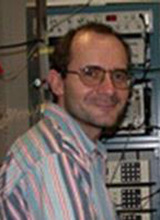
Professor of Neuroscience
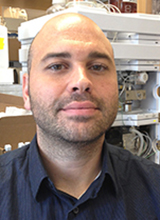
Associate Professor of Neurology (Movement Disorders)

Assistant Professor of Neurology

Professor of Mechanical Engineering

Director, Center for Genetic Medicine

Assistant Professor of Neurology
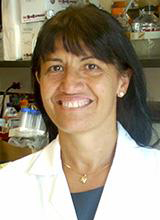
Daniela Maria Menichella, MD, PhD
Assistant Professor of Neurology
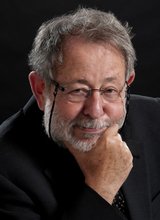
Director, Mesulam Center for Cognitive Neurology and Alzheimer's Disease - Department of Neurology

Professor of Neuroscience

Assistant Professor of Neurobiology

Associate Professor of Psychology

Bill and Gayle Cook Professor of Biology

Theresa Sukal Moulton, PhD, PT, DPT
Assistant Professor of Physical Therapy and Human Movement Sciences

Professor of Mechanical Engineering

Associate Professor and Charles Deering McCormick Professor of Teaching Excellence, Communication Sciences and Disorders

Associate Professor of Psychology

Professor of Neurology

Professor of Physical Therapy and Human Movement Sciences
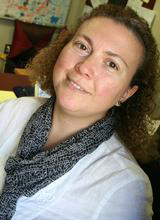
Associate Professor of Neurology

Professor of Psychology and James Padilla Chair in Arts & Sciences

Assistant Professor of Pharmacology

Assistant Professor of Neuroscience and Pharmacology

Professor of Radiology

Professor of Psychiatry

Assistant Professor of Psychiatry and Behavioral Sciences

Professor of Neuroscience

Professor of Physical Medicine and Rehabilitation and Physical Therapy and Human Movement Sciences

Professor of Biomedical Engineering

Assistant Professor of Neurology
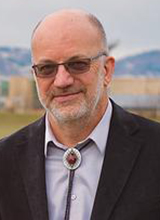
Professor of Neurology

Professor of Pharmacology

Research Professor of Radiology

Professor of Neurobiology

Professor of Psychology

Adrian Rodriguez-Contreras, PhD
Associate Professor of Communication Sciences and Disorders

Assistant Professor of Psychiatry and Behavioral Sciences
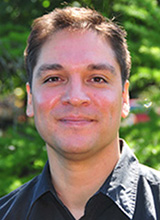
Associate Professor of Communication Sciences and Disorders

Assistant Professor of Neurology

Associate Professor of Neurobiology
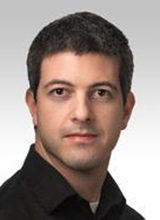
Associate Professor of Ophthalmologyy

Yuta Senzai, MD, PhD
Assistant Professor of Neuroscience (Starting Jan 2025)

Assistant Professor of Medicine

Professor of Psychiatry and Behavioral Sciences

Professor of Neuroscience

Patrick G. Ryan/Aon Professor of Chemistry

Research Assistant Professor, Communication Sciences and Disorders

Professor of Neurology

Assistant Professor of Pharmacology
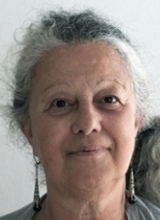
Professor of Neuroscience

Professor and Chair of Department of Neuroscience

Professor of Psychology

Professor and Vice Chair, Department of Pharmacology

Ralph and Jean Sundin Professor of Communication Sciences
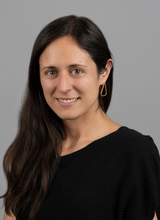
Assistant Professor of Biochemistry and Molecular Genetics
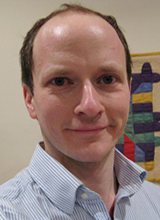
Professor of Biomedical Engineering
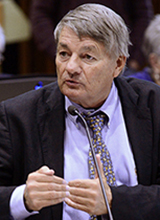
Professor of Neurobiology

Associate Professor of Physical Therapy and Human Movement Sciences and Neuroscience

Director of Mesulam Center for Cognitive Neurology and Alzheimer's Disease, Professor of Behavioral Neurology and Cell & Developmental Biology

Research Professor of Neurobiology

Professor of Psychiatry and Behavioral Sciences

Research Professor of Otolaryngology

Assistant Professor of Neurology

Professor of Neurobiology

Professor of Communication Sciences and Disorders

Associate Professor of Radiology

Assistant Professor of Neurobiology

Professor of Physical Therapy and Human Movement Sciences

Benjamin and Virginia T. Boshes Professor of Neurology
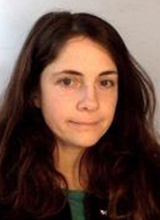
Assistant Professor Neurology

Associate Professor of Otolaryngology - Head and Neck Surgery

Associate Professor of Ophthalmology

Associate Professor of Pharmacology

